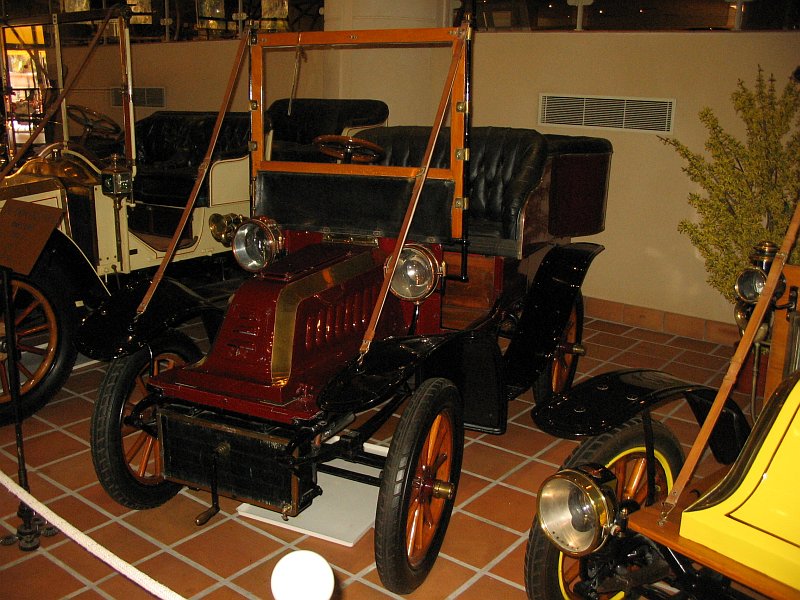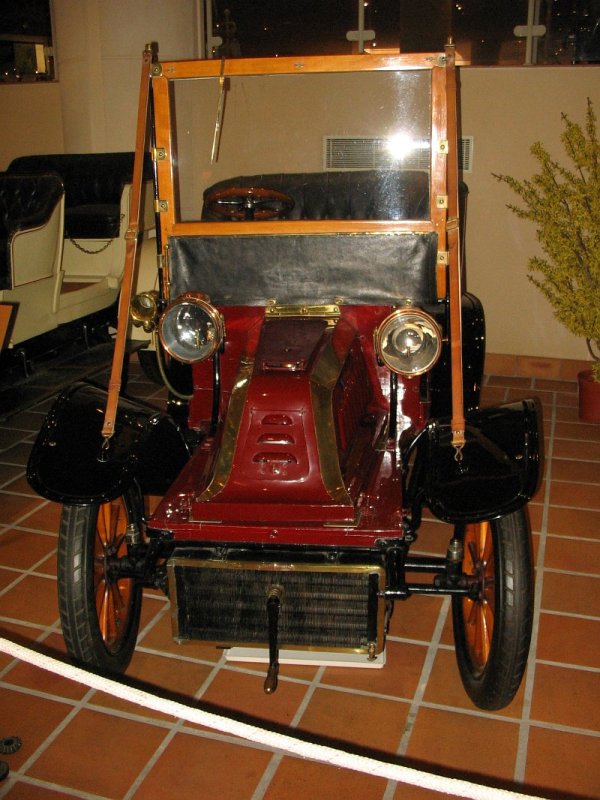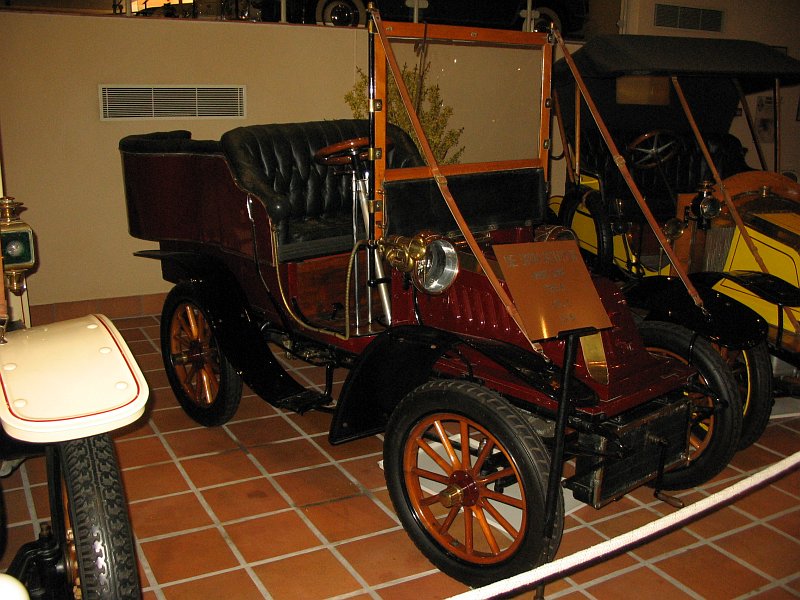Description
The De Dion-Bouton Type R 6 CV was a small yet capable motorcar produced in the early 20th century by the esteemed French manufacturer De Dion-Bouton. Known for its engineering precision and innovation, the company had established itself as a leader in the emerging automobile market. The Type R was part of De Dion-Bouton’s efforts to refine and expand its range of small, efficient vehicles designed for individual or family use.
The Type R was powered by a single-cylinder petrol engine, rated at 6 cheval vapeur (CV), or metric horsepower. Mounted at the rear of the car, the engine continued the company’s tradition of compact, rear-engine configurations. This powerplant offered improved output and performance over earlier models, with a smooth-running design that featured mechanically operated valves and a magneto ignition system. Power was transmitted through a two-speed gearbox to the rear axle via chain drive, a reliable setup for cars of this size and class.
This model offered better overall power and refinement compared to De Dion-Bouton’s smaller, earlier vehicles. The 6 CV engine allowed for higher speeds and greater load-carrying ability, making the Type R suitable for longer journeys and more demanding conditions. It could reach speeds of around 40 to 45 km/h, depending on road conditions and body configuration.
The car was available with various body styles, most commonly a vis-à-vis or tonneau arrangement, though two-seater configurations were also seen. Its chassis was designed for lightness and durability, using a steel ladder frame and leaf-spring suspension. The ride quality was relatively good for the time, and the steering was accurate, generally controlled by a wheel rather than a tiller. Braking was basic but functional, typically featuring a transmission brake and mechanical brakes on the rear wheels.
The De Dion-Bouton Type R 6 CV reflected the company’s ongoing commitment to combining reliability, efficiency, and refined design. It was aimed at the middle-class buyer seeking a dependable and stylish vehicle for both urban and rural travel. The model helped to broaden the appeal of motoring during a time when the automobile was becoming more accessible to the public and less of a novelty restricted to the elite.
Today, the Type R is a significant piece of motoring history, representing the shift toward more powerful and practical small cars in the years leading up to mass production. Surviving examples are rare and treasured by collectors for their mechanical simplicity, elegant styling, and importance in the early development of personal transportation.


